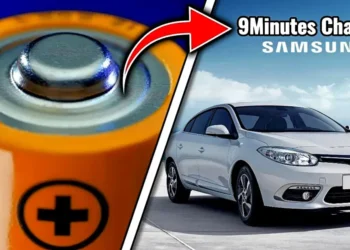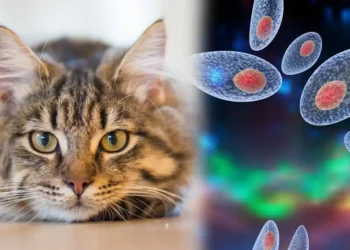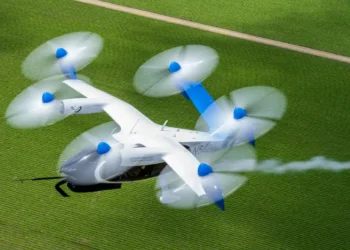
Transparent Mice Skin Using Food Dye
Researchers from the University of Texas and Stanford University have achieved a breakthrough by making mice skin transparent using a common food dye. They combined water with tartrazine, a popular food coloring, and applied the solution to the mice’s skulls and abdomens.
The tartrazine quickly spread through the skin, rendering these areas transparent. This simple and effective method could significantly advance medical imaging techniques, allowing scientists and doctors to better visualize internal structures without invasive procedures.
FDA-Approved Tartrazine Turns Mice Skin Transparent
In a study published in Science, researchers revealed a new technique using the FDA-approved food dye tartrazine, also known as FD&C Yellow No. 5. Commonly found in desserts, candy, drinks, and cosmetics, this yellow-orange dye was tested to make tissue transparent.
According to Dr. Zihao Ou, assistant professor of physics at The University of Texas at Dallas, it takes just a few minutes for mice skin to become transparent, similar to how facial creams or masks work.

The transparency happens as the dye spreads into the skin. This temporary and reversible effect uses a biocompatible dye that poses no harm to the animals.
After making chicken breast slices transparent, the team used a tartrazine solution on lab mice. By applying the dye to their scalps, they could observe the mice under a microscope. This non-invasive technique shows promise for revolutionizing medical imaging, allowing a clear view of internal organs without surgery.
How Does it Work?
The key to making skin transparent lies in how light-absorbing dye molecules dissolve in water, altering the solution’s refractive index to match skin tissue components like lipids. This change reduces the light scattering in the skin, making it look transparent.
The dye molecules essentially reduce light scattering in the skin, similar to clearing a fog bank. This discovery could have significant implications for medical imaging and other fields.

After applying the tartrazine solution, they observed blood vessels on the mice’s skulls with micrometer-level (0.001 millimeters) resolution. On the abdomen, they clearly identified organs like the liver, small intestine, and bladder, and even saw muscle contractions and subtle movements from breathing and the heartbeat.
The transparency effect is reversible: rinsing the skin with water removes the dye, and any absorbed tartrazine is excreted in the mice’s urine within 48 hours. The study found minimal short-term inflammation and no significant long-term health effects, as indicated by body weight and blood test results.

Future of Transparent Skin in Human Medicine
This new transparency method hasn’t been tested on humans yet. Human skin is about four times thicker than mouse skin, which could make it harder for tartrazine to penetrate deeply. However, if future studies prove the dye works safely in humans, it could become a valuable medical tool.

Future research will focus on finding the optimal dose for humans and exploring other molecules that may work even better than tartrazine. Currently, ultrasound is widely used to examine internal structures, but this new transparency method could offer a less expensive option and work with existing optical imaging technology.
Experts see this skin transparency breakthrough as helping with various medical procedures. It could make veins easier to find for blood draws, simplify laser tattoo removal, and even assist in the early detection and treatment of cancers. This technique offers new possibilities for more efficient and effective healthcare solutions.
Optical tools Microscopes haven’t been used to study living humans or animals because light can’t penetrate their tissues. But with this new transparent skin technique, researchers can now observe internal processes in real-time.
Source: The study was published in the journal Science.













